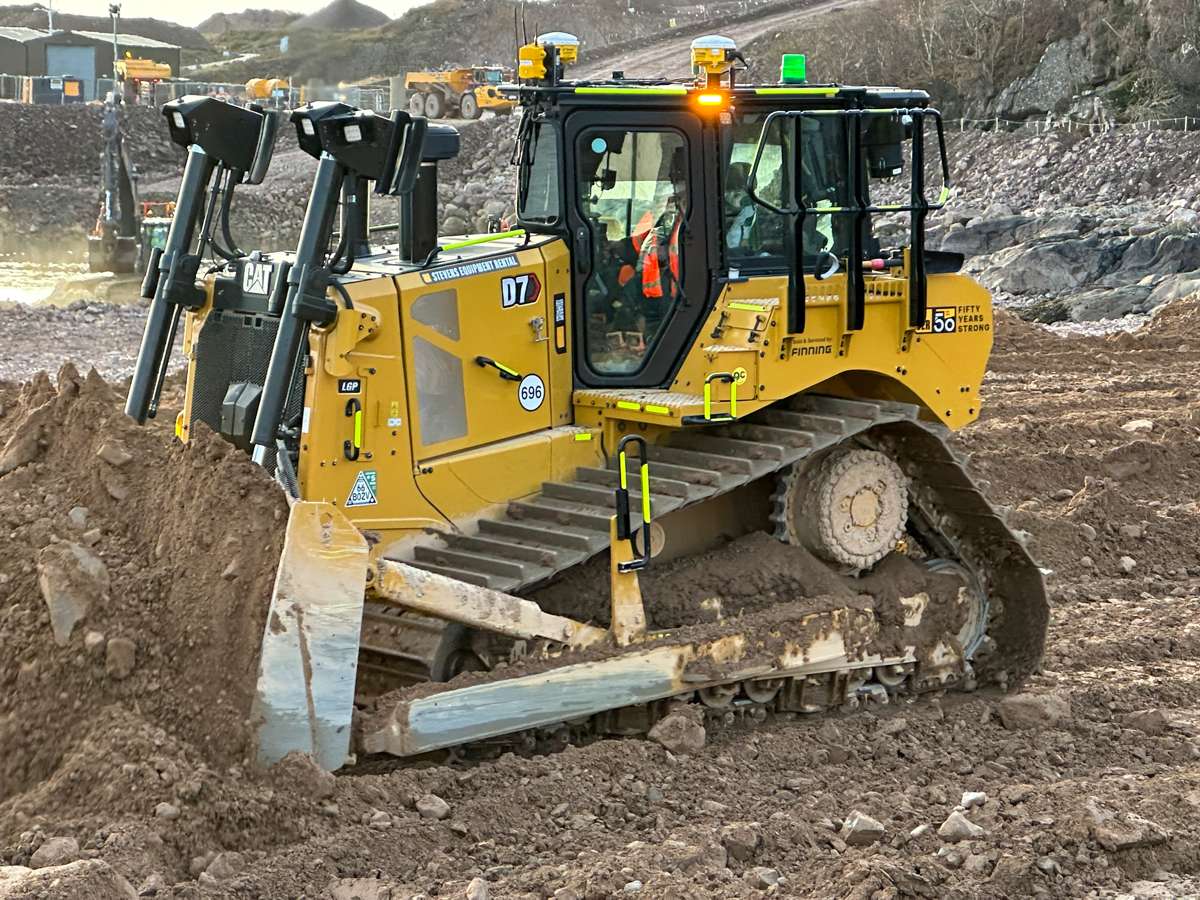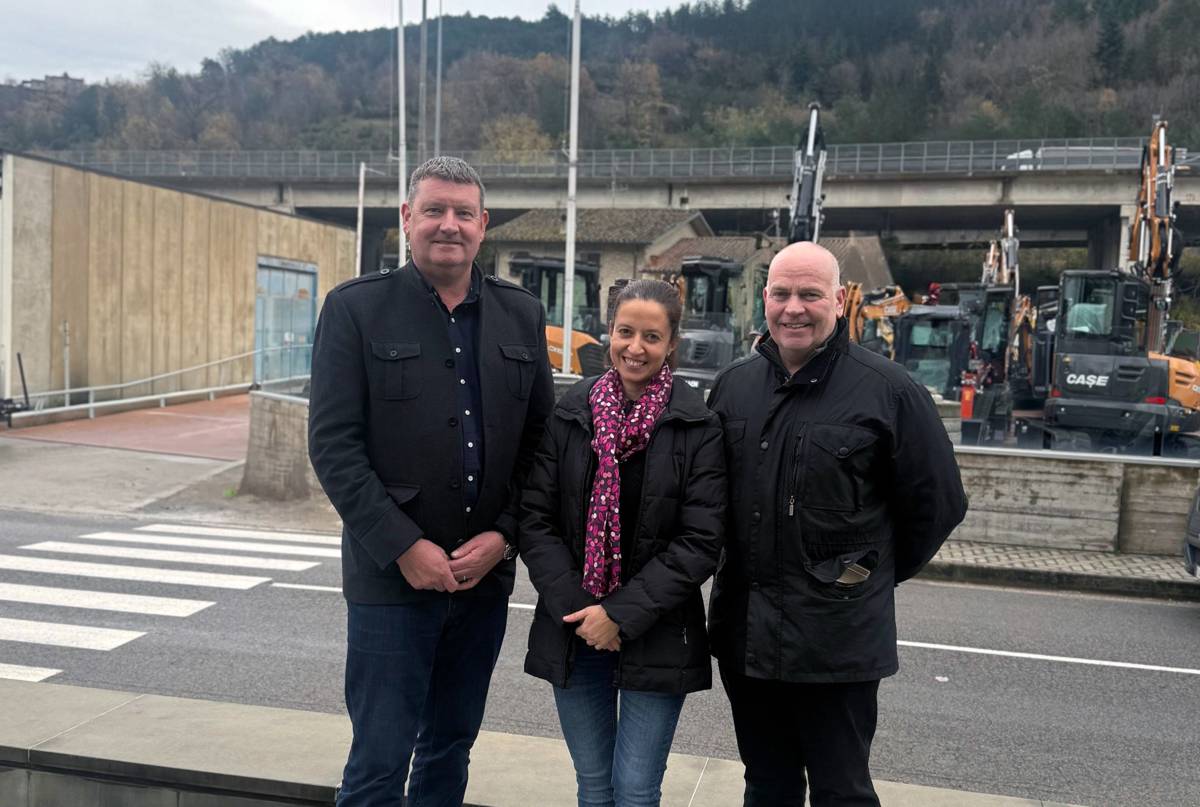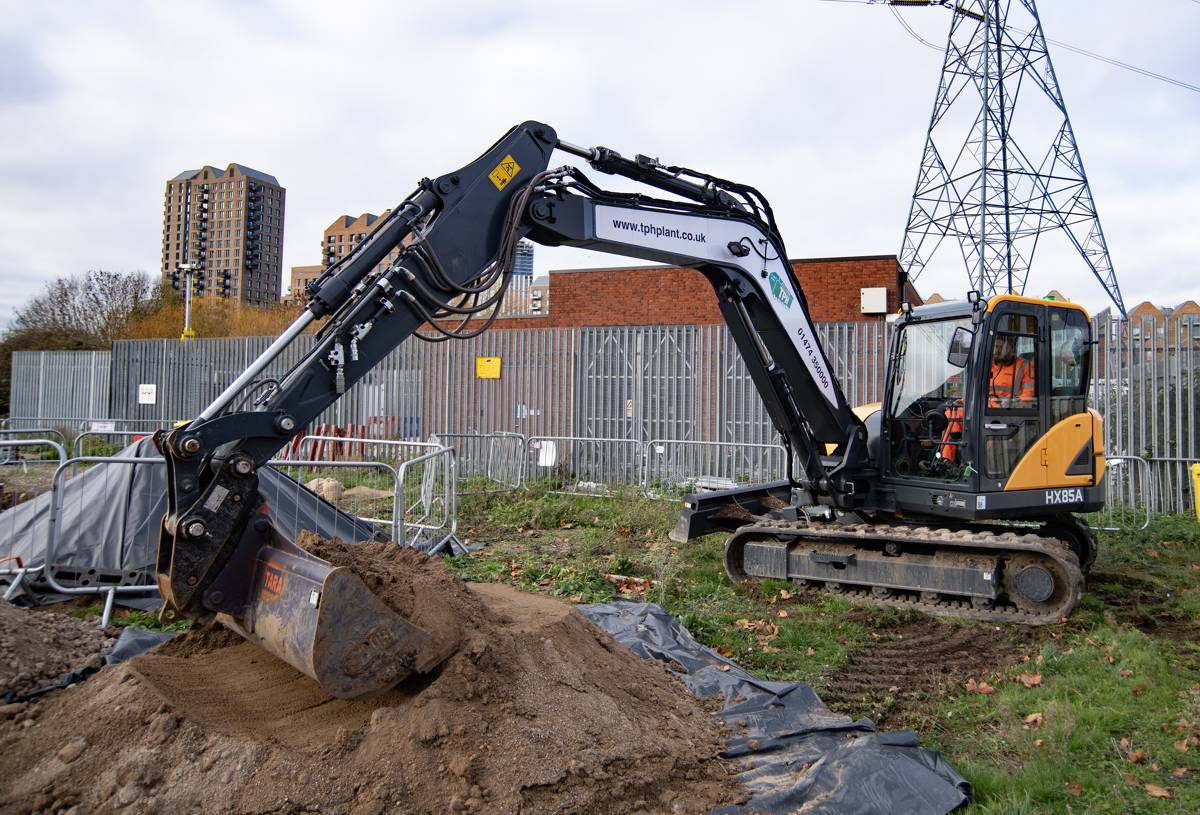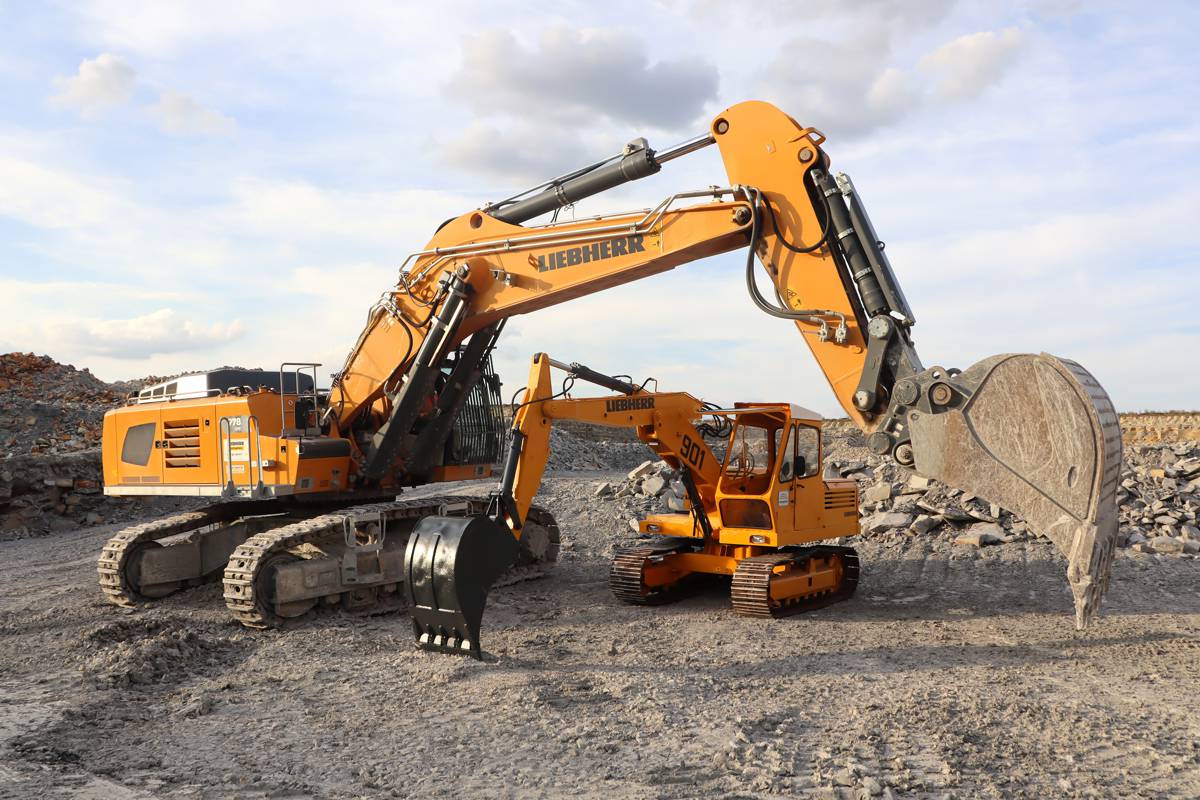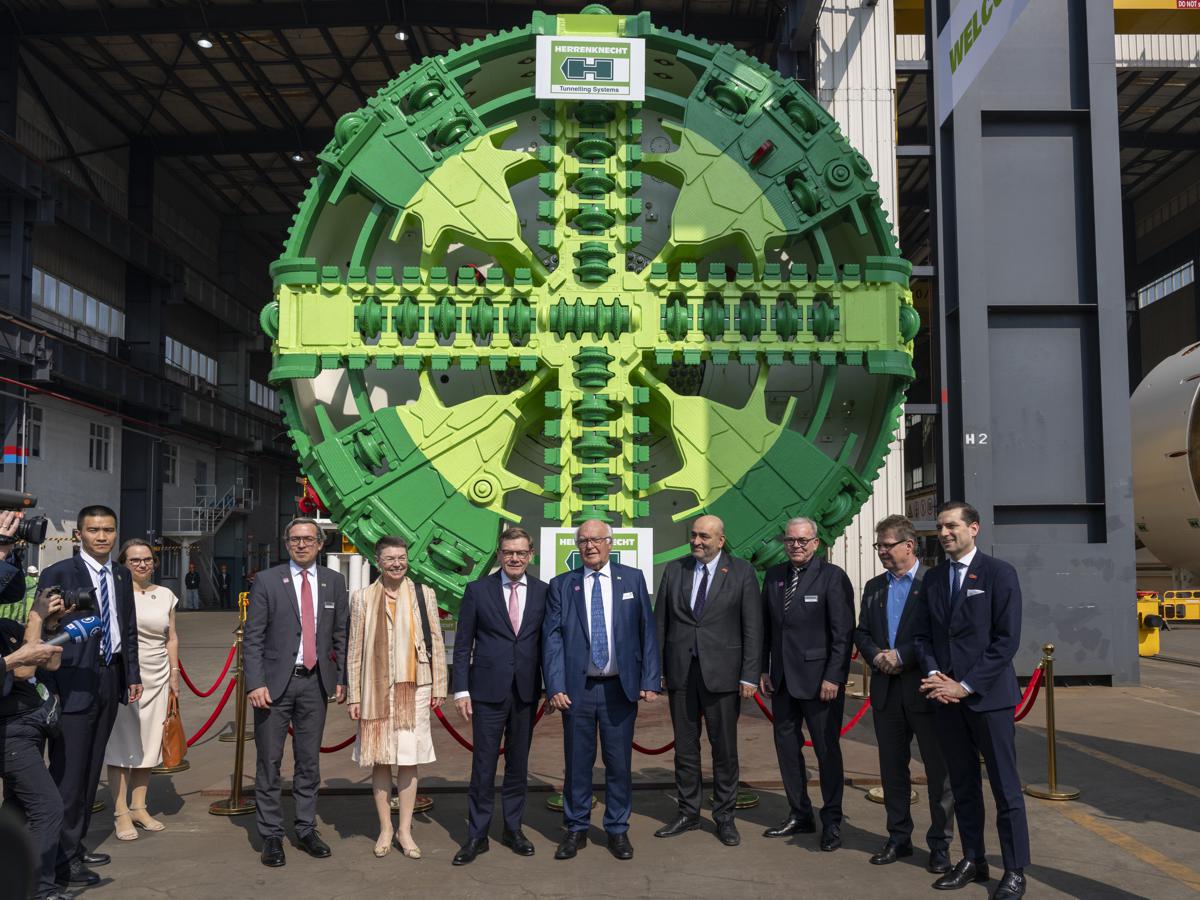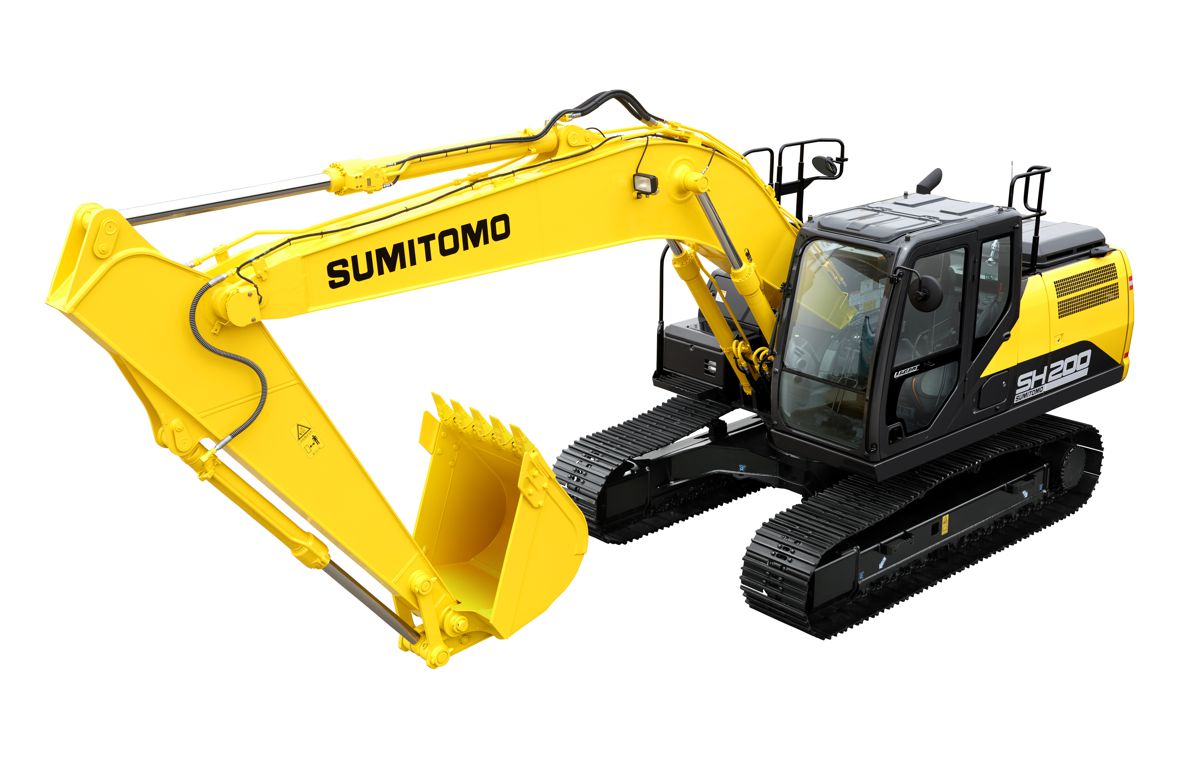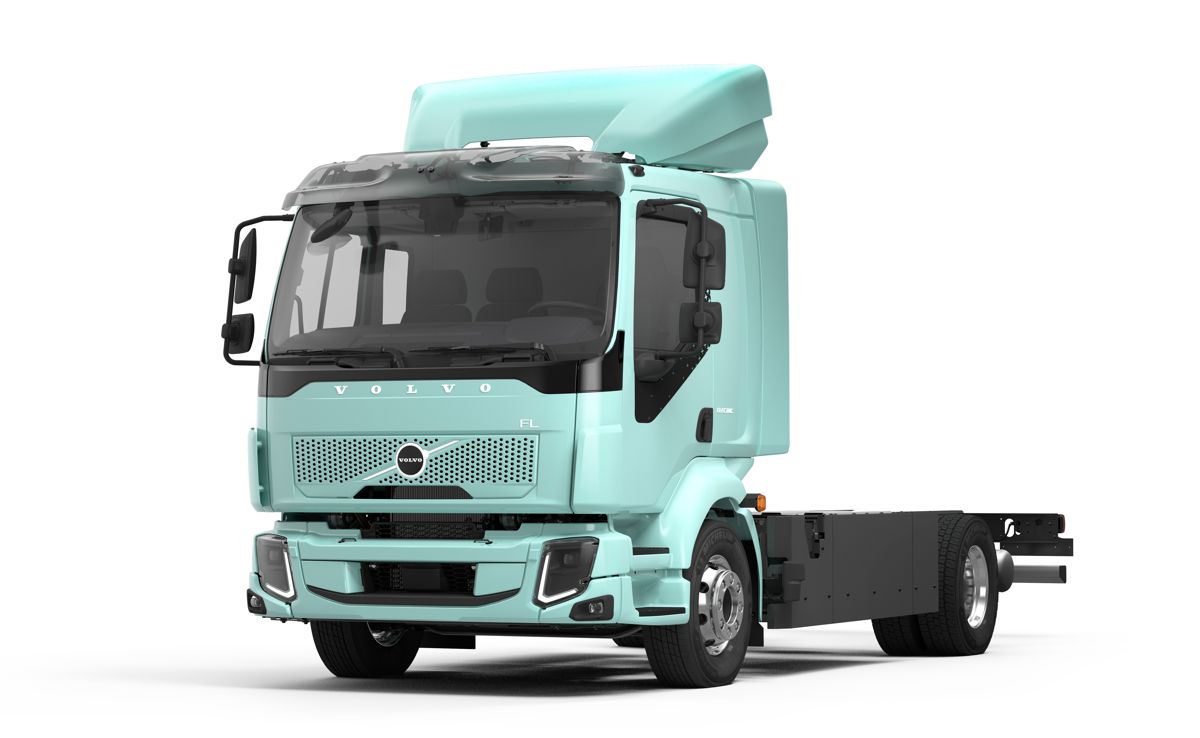Cold Recycling with Foamed Bitumen
Resource-saving technologies are more in demand than ever before. The Wirtgen cold recycling process has been proving its credentials for many years – and already meets the demands of tomorrow and utilising foamed bitumen takes that even further.
Roads that are subjected to continuous and heavy traffic often show signs of damage that extend down to the road base. To eliminate this damage, the entire road needs structural rehabilitation. Full re-use of the milled material as well as its cost-effective treatment make cold recycling with foamed bitumen – a process pioneered and decisively shaped by Wirtgen over the past 30 years – environmentally friendly and economical.

Asphalt road rehabilitation with mobile road works
Cold recycling with foamed bitumen as a binding agent is a globally established process that is attracting increasing interest from road construction authorities and construction companies for asphalt road rehabilitation. It permits the paving of flexible and durable base layers. As part of the pavement structure, these form the perfect foundation for the final, thinner asphalt surfacing.
State-of-the-art technology is used to produce foamed bitumen from normal bitumen which has been heated to approximately 175°C. With the in-situ method, a precisely dosed quantity of binding agent is added to mineral aggregate inside the WIRTGEN 2200 CR or 3800 CR cold recycler or the soil stabilizers of the WR series, using microprocessor-controlled injection systems. The project can hence be carried out as a mobile road works site.

Cold recycling on the rise
The cold recycling process has proven its worth around the world. In practical use, there are two different methods: an in-situ approach using wheeled or tracked Wirtgen cold recyclers, and the in-plant method using the Wirtgen KMA 200i, a mobile cold recycling mixing plant. The methods allow a large number of materials to be recycled such as milled asphalt, crushed asphalt or new material. The application range for foamed bitumen is varied, and it can also withstand very high traffic loads, as two examples in Brazil and Greece show.

Brazil: Recycled material exceeds expectations
The Ayrton Senna Highway in Sao Paulo is used by more than 250,000 vehicles every day, 15% of them trucks. During the rehabilitation project in 2011, milled material from the asphalt pavement was recycled with foamed bitumen in a Wirtgen cold recycling mixing plant and repaved in two layers (20 plus 10 cm) by a road paver. Then a 5cm-thick asphalt surfacing was laid.

Greece: High load-bearing capacity for more than 10 years
The cold recycling projects carried out with foamed bitumen back in 2003/2004 on the motorways between Iliki, Korinthos and Athens, Greece, have been demonstrating their strength for more than ten years, withstanding a high traffic volume of 40,000 vehicles per day including a 25% share of heavy vehicles.

Cold recycling with WIRTGEN: Applications expertise included
To achieve such results, extensive preliminary tests must be conducted on the entire pavement structure, while the mix produced with foamed bitumen must pass a rigorous mix design test. Wirtgen not only supply the right equipment for the job – customers can also make use of their comprehensive range of advisory services around the world at any time. For instance, Wirtgen experts and road construction engineers provide on-site support and advice for customer projects. The Wirtgen training program also conveys in-depth applications know-how on the topic of cold recycling.

Ancillary cold recycling equipment from Wirtgen
New WLV 1 laboratory compactor
Wirtgen developed the new WLV 1 laboratory compactor for the production of test specimens. Developed especially for cold recycling applications, the compaction process permits the production of large test specimens for carrying out triaxial tests as well as small test specimens for indirect tensile strength testing.
WLM 30 laboratory-scale mixer
The WLM 30 laboratory-scale mixer defines the best mix composition and reliably produces different mix formulas in a very short time. The WLM 30 holds some 30kg of material, mixer speed and mixing time are variable.
WLB 10 S laboratory foamed bitumen plant
The foamed bitumen quality can be accurately defined in preliminary tests in the WLB 10 S mobile foamed bitumen plant even before construction starts. With its simple operation, parameters such as the water volume, pressure and temperature can be varied

What is foamed bitumen and how is it made?
Foamed bitumen is produced by injecting small quantities of water and air into hot bitumen under high pressure. The water evaporates and makes the bitumen foam up rapidly to between 15 and 20 times its original volume. The foam is then injected into a mixer through injection nozzles and optimally mixed into cold and moist construction materials. The quality of the foamed bitumen is primarily described in terms of the parameters “expansion ratio” and “half-life”. The greater the expansion ratio and half-life, the more easily the foamed bitumen can be processed.

Cold recycling advantages at a glance
- Extreme durability of the layers
- High cost-efficiency
- Resource conservation by 100% recycling
- Reduced CO² emissions
- Reduced construction time













